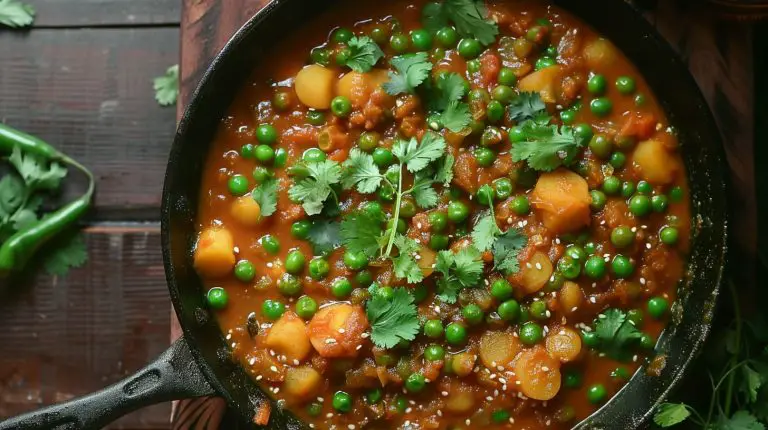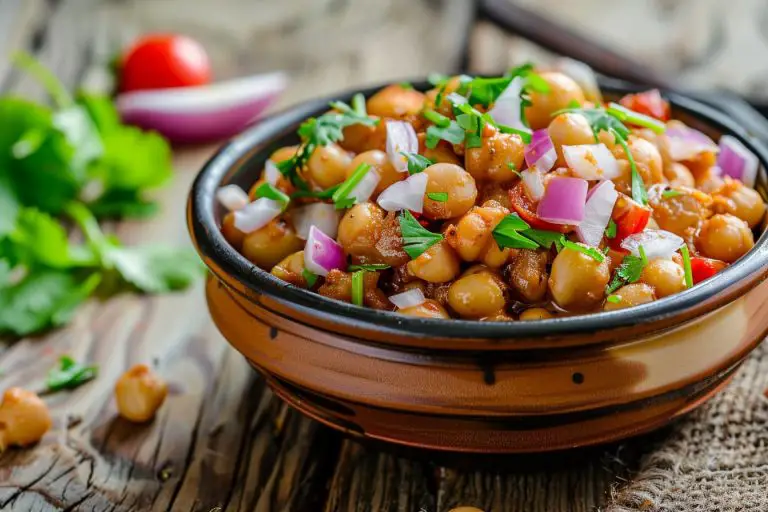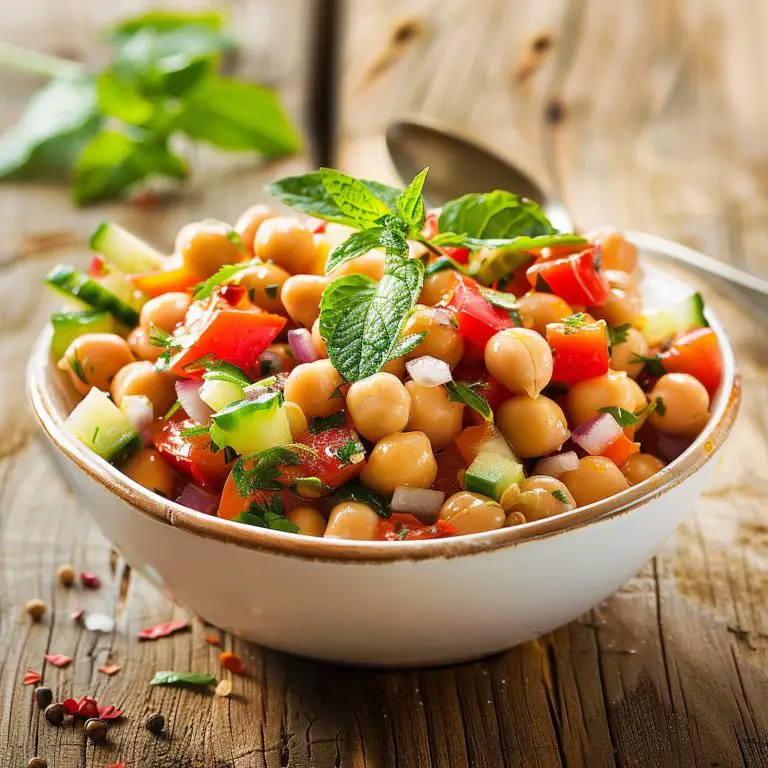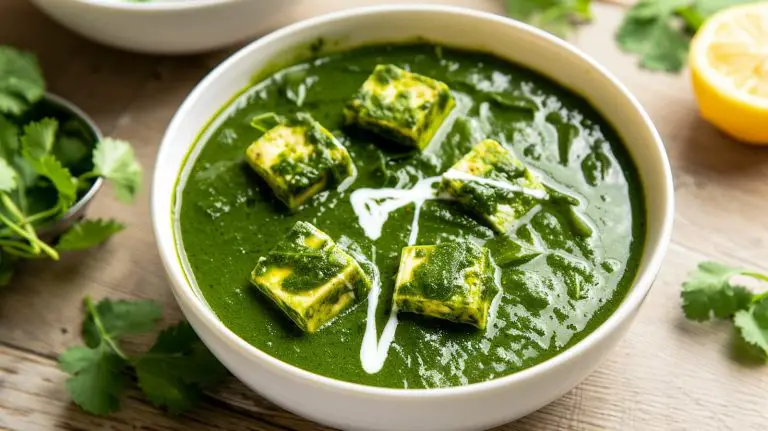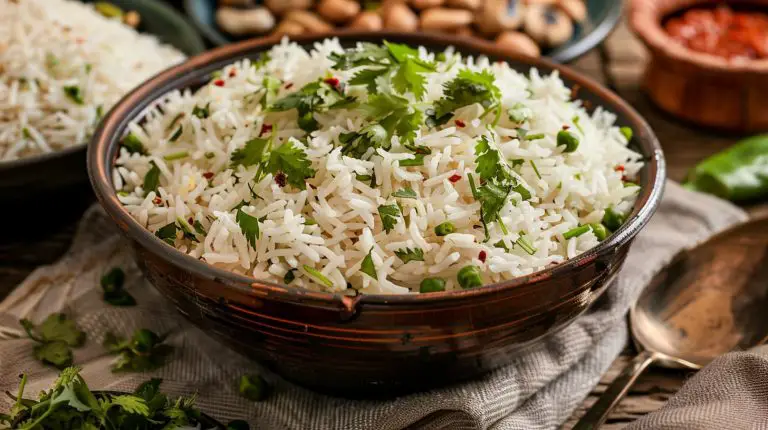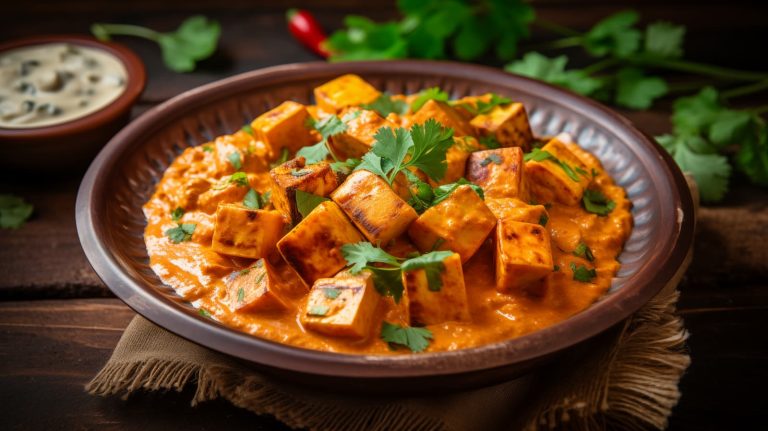Indian Red Lentil Masoor Dal Recipe
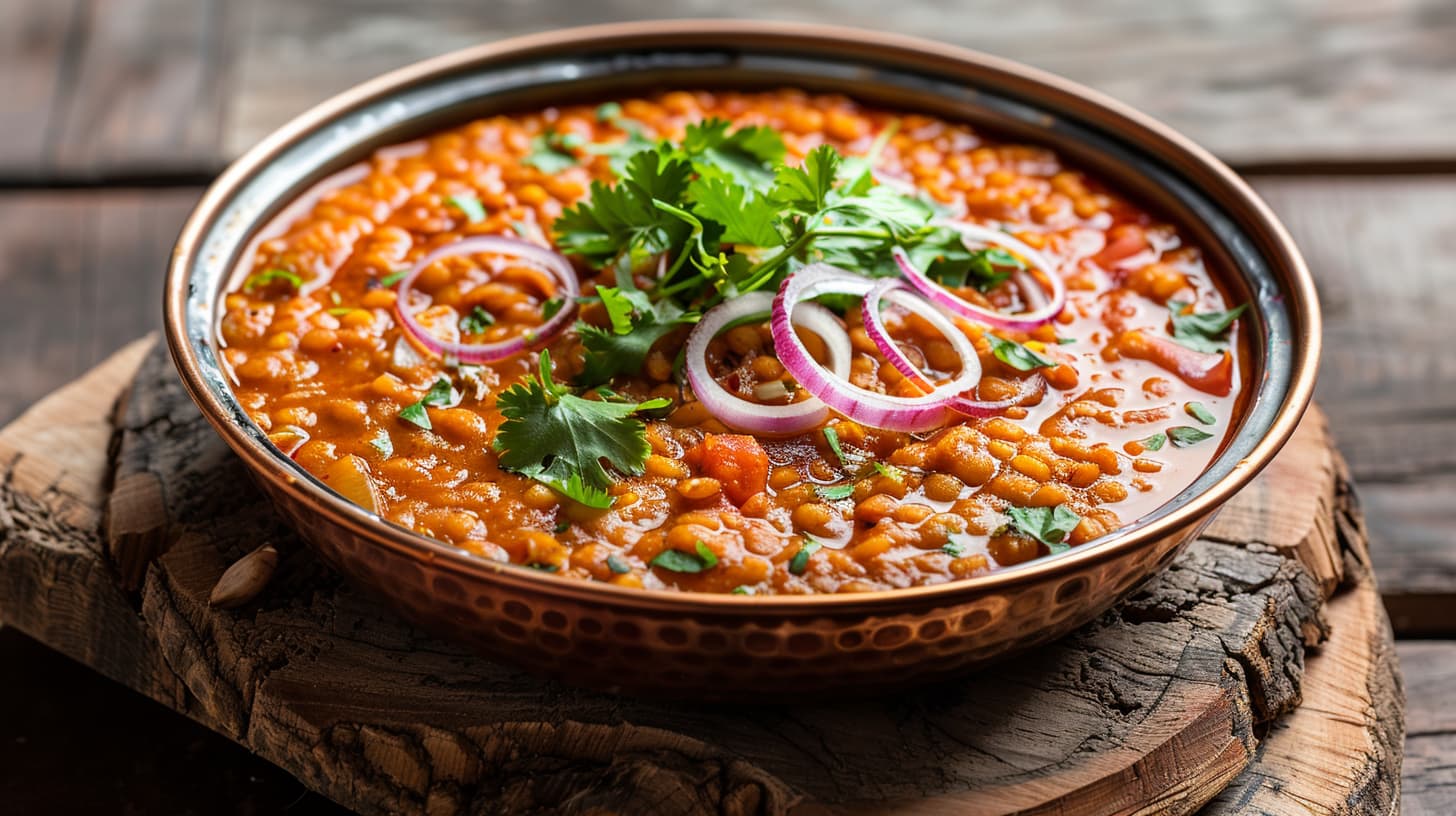
Did you know that Red Lentil Masoor Dal is often one of the first recipes taught in Indian kitchens? Its ease and quick preparation make it a favorite among beginners and experts alike.
In just 30 minutes, with hearty ingredients, you can bring a piece of Indian culinary tradition to your table. Red lentils, known for their quick-cooking nature, are the star of this dish, simmered with aromatic spices that promise to entice your senses.
- The term “Masoor” in Hindi refers to the red lentils that form the basis of this dish. Dal, meaning lentil stew, is a cornerstone of Indian meals, offering a protein-packed option that varies from region to region.
- In some areas, masoor dal is prepared with a tangy twist by adding tomatoes, while in others, it’s given a creamy texture with coconut milk.
Making Masoor Dal is straightforward: rinse the lentils, cook them with water and turmeric, and then temper them with fried spices and herbs. This process, known as “tadka,” transforms the humble lentil stew into a fragrant, soulful dish.
Why You’ll Love This Recipe:
- Quick and Easy: Perfect for busy weeknights when you crave something nutritious yet comforting.
- Health in a Bowl: Packed with protein, fiber, and essential nutrients, it supports a healthy lifestyle.
- Flavorful Journey: Each spoonful is a dive into the rich tapestry of Indian spices and flavors.
- Customizable: Whether you like it spicy, tangy, or mild, you can adjust the dal to suit your taste perfectly.
In this guide, you’ll learn
- Some Interesting Facts and Origin Story of Red Lentil Masoor Dal
- How to make mouth-watering Red Lentil Masoor Dal in your kitchen
- Healthy Vegan Alternatives For The Items Used In the Recipe
- Common Mistakes To Avoid, Pro Tips To Enhance The Taste Of the Dish
- FAQs (Reader Questions Answered) and much more stuff!
So, grab your apron, and let’s dive in!
How to make Red Lentil Masoor Dal At Home As A Beginner
Total Time: 45 minutes
- Preparation Time: 15 minutes
- Cooking Time: 30 minutes
Ingredients:
- 1 cup red lentils (masoor dal), rinsed and drained
- 3 cups water (or vegetable broth for added flavor)
- 1 teaspoon turmeric powder
- Salt, to taste
- 2 tablespoons vegetable oil or ghee (for a vegan version, stick with oil)
- 1 teaspoon cumin seeds
- 1 medium onion, finely chopped
- 2 cloves garlic, minced
- 1 inch ginger, grated
- 1 green chili, finely chopped (adjust based on your heat preference)
- 1 medium tomato, diced (or 1/2 cup canned diced tomatoes)
- 1 teaspoon ground coriander
- 1/2 teaspoon garam masala
- Fresh cilantro, chopped for garnish
- Juice of half a lemon
Instructions:
Soaking the Lentils:
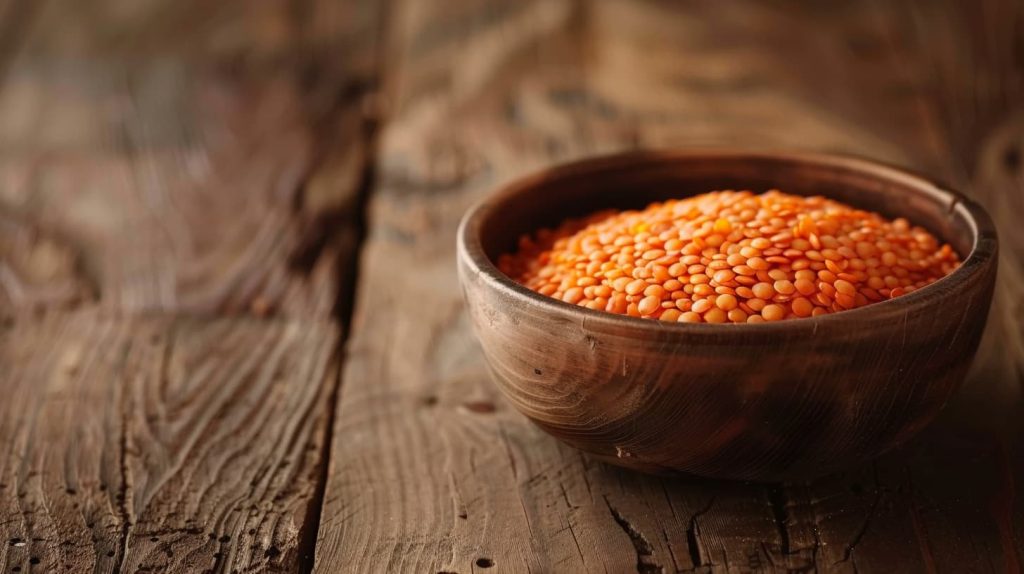
- While red lentils typically cook quickly and don’t require soaking, if you have time, a quick soak (about 20-30 minutes) can help make them even more digestible and speed up the cooking process slightly.
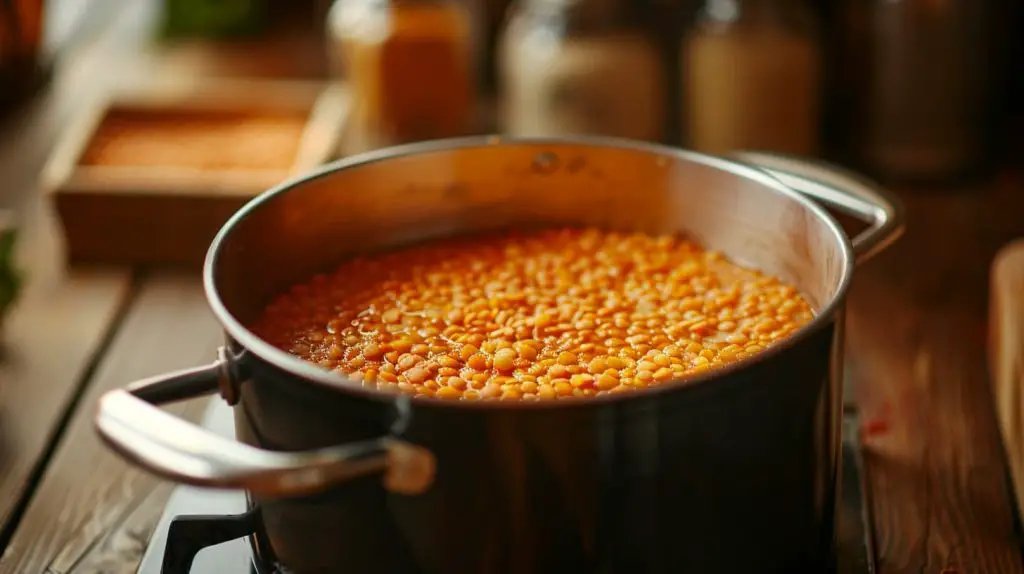
- This step is optional but can be helpful for those with sensitive digestive systems.
Cook the Lentils:
- In a large pot, combine the rinsed lentils, water (or broth), turmeric, and a pinch of salt. Bring to a boil, then reduce the heat to a simmer.
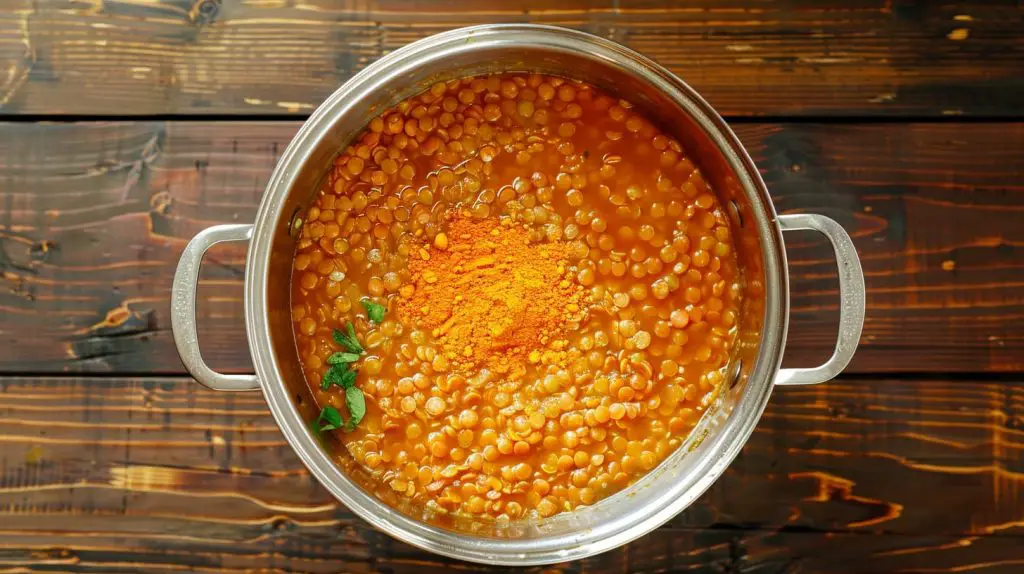
- Keep an eye on the water level as the lentils cook. Red lentils tend to absorb a lot of water, and you may need to add more to prevent them from sticking to the bottom of the pot. A good rule of thumb is to ensure the water level is about an inch above the lentils at all times during cooking.
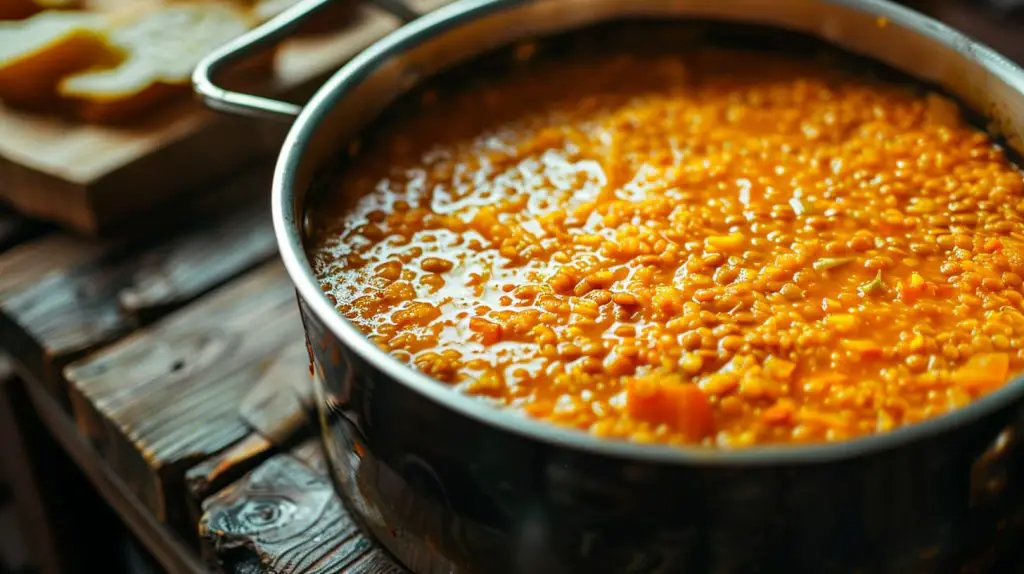
- Cover and cook for about 20 minutes, or until the lentils are tender. Stir occasionally to prevent sticking.
Prepare the Tadka (Tempering):
- While the lentils are cooking, heat the oil in a separate pan over medium heat. Add the cumin seeds and wait until they start to sputter.
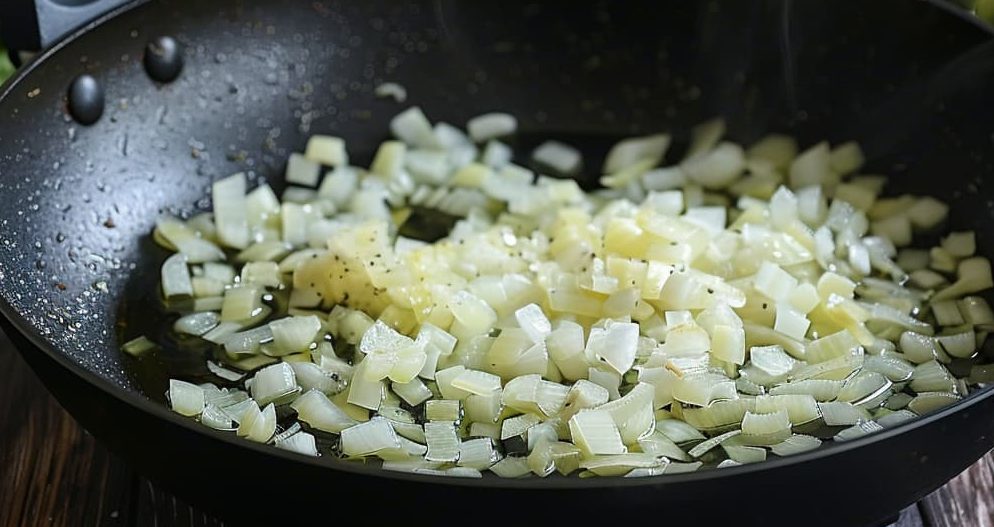
- Add the chopped onions and cook until they turn translucent. Stir in the garlic, ginger, and green chili, cooking for another minute until fragrant.
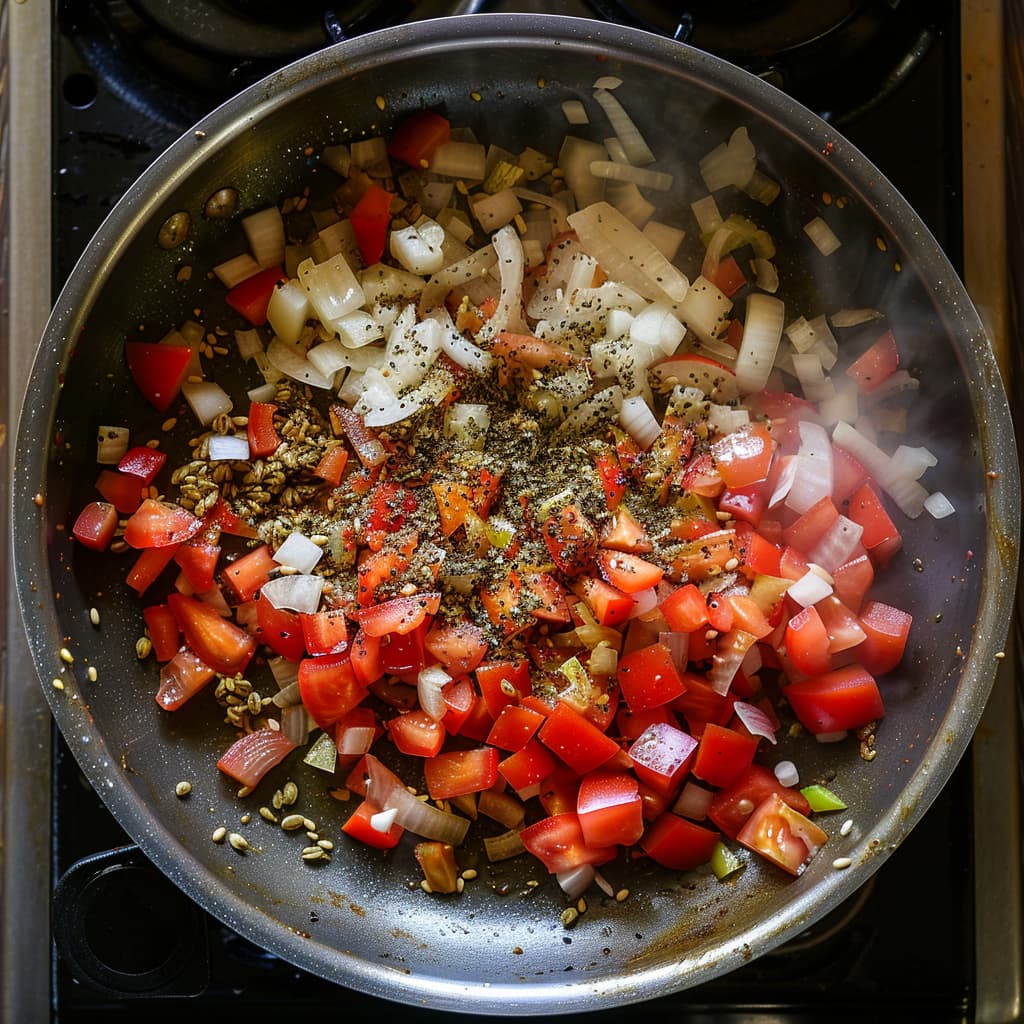
- Mix in the diced tomato, ground coriander, and a pinch of salt. Cook until the tomatoes are soft and the oil begins to separate from the mixture.
Combine and Simmer:
- Once the lentils are cooked, add the tadka to the pot of lentils. Stir well to combine.
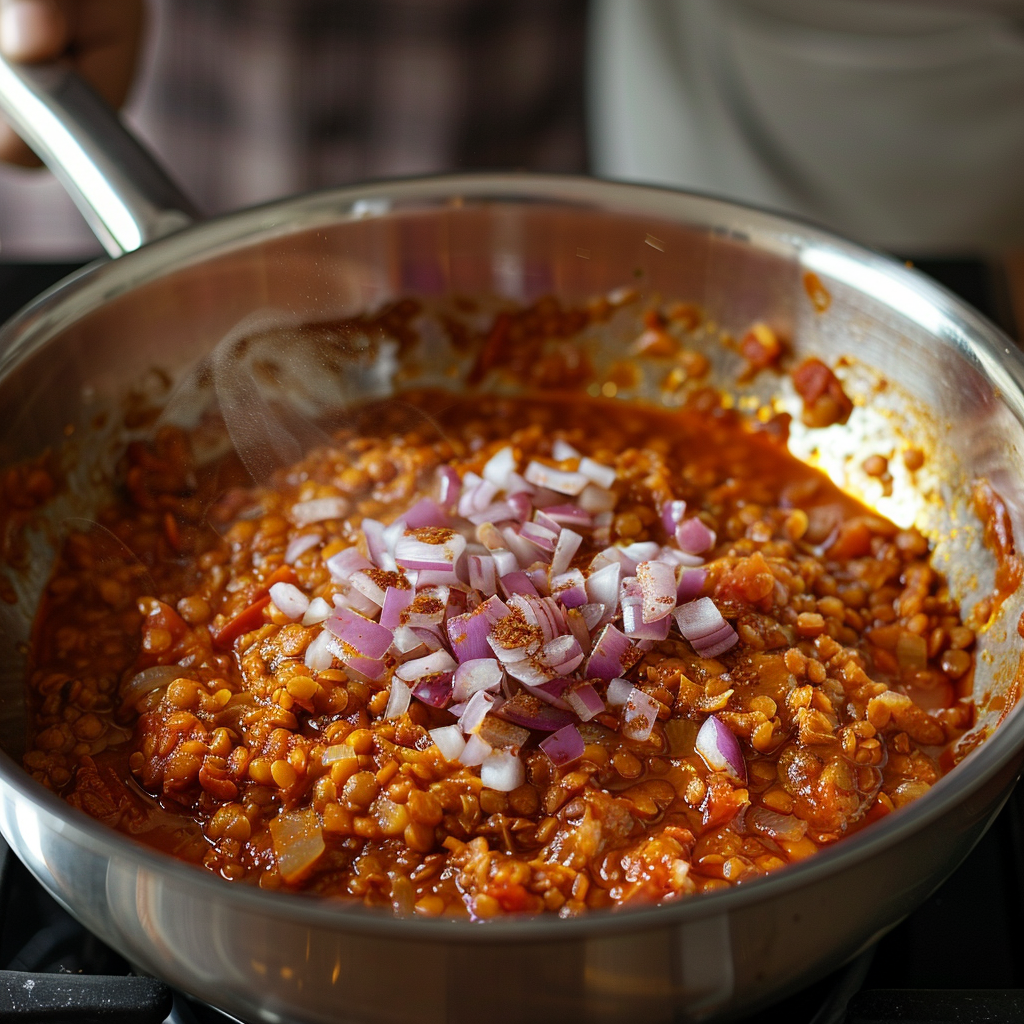
- The consistency of Masoor Dal can vary greatly depending on personal preference. Some like it thick and hearty, almost like a stew, while others prefer it more soup-like. After combining the tadka with the lentils, adjust the consistency by adding water a little at a time until you achieve your desired thickness.
- Add the garam masala and adjust the seasoning as needed.
- Simmer together for 5-10 minutes, allowing the flavors to meld.
Garnish and Serve:
- Turn off the heat and stir in the fresh lemon juice. The addition of lemon juice at the end of cooking not only adds a bright, tangy flavor but also enhances the absorption of iron from the lentils. If you don’t have lemon juice, a drizzle of vinegar can also work as a substitute.
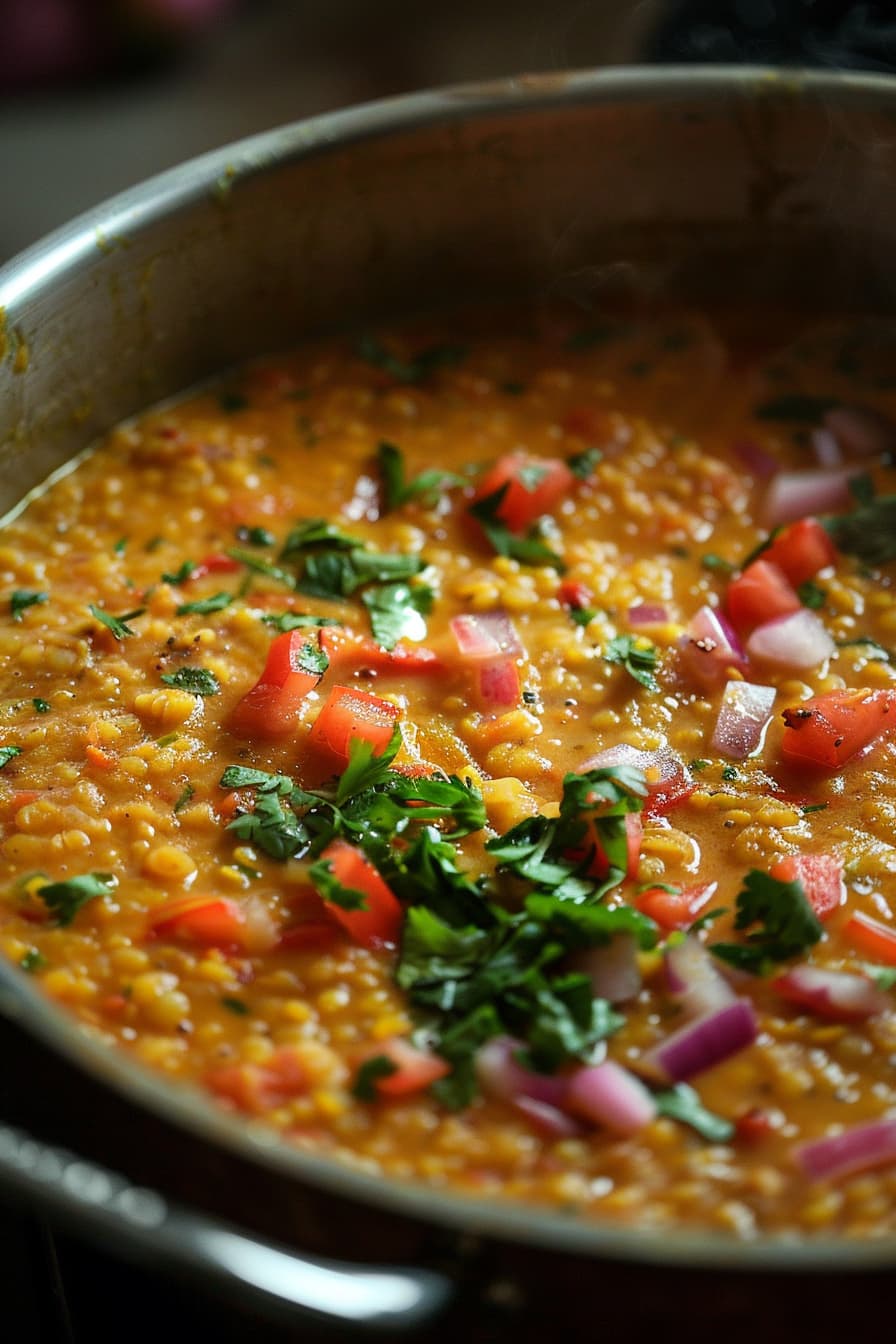
- Garnish with chopped cilantro before serving.
Masoor Dal pairs beautifully with a variety of dishes. For a complete meal, serve it alongside basmati rice or flatbreads like roti or naan. For a low-carb option, cauliflower rice makes an excellent substitute.
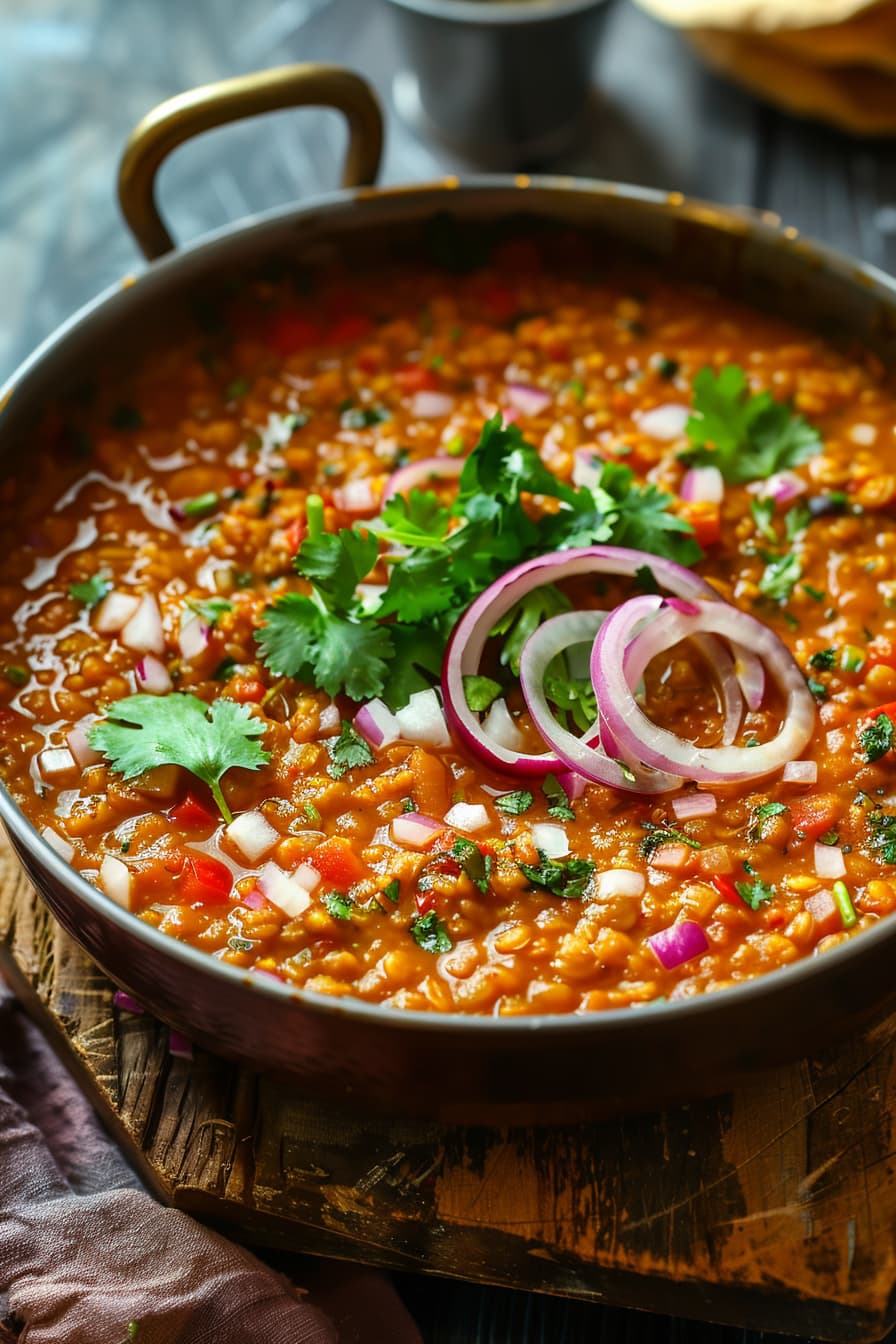
Customization Options for Indian Red Lentil Masoor Dal Recipe
- In the North, it’s often prepared with a tadka (tempering) of ghee, cumin, and garlic, whereas, in the South, mustard seeds, curry leaves, and coconut are more commonly used.
- Eastern India might add panch phoron (a five-spice blend) for a distinct flavor, while in the West, a souring agent like kokum or tamarind is often added.
- To make it more nutritious you can add quinoa and kale into it and try to give your twist with your own choice of ingredients.
Mistakes To Avoid
Ingredient Selection:
- Common Error: Using old lentils that have been sitting in the pantry for too long can result in a dish that never softens, no matter how long you cook it.
- Solution: Always check the freshness of your lentils. Fresh lentils should have a bright color and cook to a perfect, tender consistency in a reasonable amount of time.
Preparation Pitfalls:
- Common Error: Skipping the rinsing process. Lentils, like other legumes, can have dust or debris.
- Solution: Always rinse your lentils thoroughly under cold water until the water runs clear. This step also helps to remove any surface starches, resulting in a cleaner taste.
Cooking Techniques:
- Common Error: Cooking lentils at a boil, can cause them to become mushy or break apart.
- Solution: After bringing your lentils to a boil, reduce the heat to a simmer. Gentle cooking helps maintain their shape and texture.
- Common Error: Not using the correct pot size can lead to uneven cooking.
- Solution: Use a pot that’s large enough to give your lentils plenty of room to expand as they cook.
Seasoning and Flavoring:
- Common Error: Over or under-seasoning. Lentils absorb flavors, but it’s easy to go overboard or not add enough.
- Solution: Start with a conservative amount of spices and salt, taste as you go, and adjust accordingly. Remember, you can always add more seasoning, but you can’t take it away.
- Common Error: Adding salt too early can sometimes make the lentils tough.
- Solution: Add salt towards the end of cooking to ensure the lentils stay tender.
Presentation Tips:
- Common Error: Serving dal too thick or too thin, impacting its appeal.
- Solution: Aim for a consistency that’s not too watery but not so thick that it feels heavy. Adjust with water as needed before serving. Dont end up adding too much water and always check the salt taste even after you add a tiny bit of water.
- Common Error: Forgetting garnishes that enhance both flavor and appearance.
- Solution: A sprinkle of fresh cilantro, a squeeze of lemon juice, and a drizzle of ghee or oil infused with cumin seeds can dramatically elevate the dish’s presentation and taste.
Pairing Suggestions for Red Lentil Masoor Dal
Side Dishes:
- Basmati Rice: A classic pairing, the subtle fragrance and fluffy texture of basmati rice balance the hearty texture of the dal.
- Naan or Roti: Freshly made flatbreads serve as the perfect utensil for scooping up the dal, ensuring a delightful bite every time.
- Cucumber Raita: A cool and creamy side dish to contrast the dal’s warmth, ideal for balancing the spice levels.
Main Courses:
- Grilled Vegetables: Grilled with a hint of spice, seasonal vegetables can add a smoky flavor and additional nutrition.
- Paneer Tikka: Cubes of paneer marinated in spices and grilled or baked, offering a protein-rich complement that’s especially satisfying.
- Aloo Gobi (Spiced Cauliflower and Potatoes): This vegetarian dish, rich in flavors and textures, complements the creamy dal and can introduce readers to more Indian spices and cooking techniques.
Seasonal Variation for Red Lentil Masoor Dal
Spring:
- Incorporate fresh green peas and chopped asparagus for a bright, springtime variation. These add freshness and a slight crunch.
Summer:
- Add a squeeze of lemon or lime for a citrusy, refreshing twist. Serve with a side of chilled cucumber salad to beat the heat.
Autumn:
- Mix in roasted pumpkin or butternut squash for a hearty, autumnal version. Their sweetness contrasts beautifully with the dal’s savory depth.
Winter:
- Stir in leafy greens like spinach or kale towards the end of cooking for added warmth and nutrition. Pair with roasted root vegetables for a comforting winter meal.
Always Keep In Mind, that the inclusion of newer veggies or spices can end up impacting the overall taste of the dish, so you may need to adjust your other spices or salt portions to counter that.
Common Problems You May Face While Cooking
Choosing the Right Lentils
Problem: You’re unsure which lentils to use, as there are many types available.
Solution: For this dish, specifically look for red lentils, also known as masoor dal. They’re orange in color and become golden when cooked. They’re chosen for their quick cooking time and creamy texture.
Rinsing and Sorting Lentils
Problem: You might not realize the importance of rinsing and sorting the lentils before cooking.
Solution: Always rinse your lentils under cold water until the water runs clear to remove any dust or debris. Briefly, sort through them to ensure there are no small stones or other particles.
Cooking Lentils to the Right Consistency
Problem: Your lentils are either too mushy or too firm.
Solution: Red lentils cook relatively quickly, usually within 20-25 minutes. Start checking them around the 15-minute mark for doneness. They should be soft and break apart easily but not disintegrate into mush. If they’re too firm, add a little more water and continue cooking.
Achieving the Perfect Tadka
- Problem: Your tadka (spice tempering) burns quickly.
- Solution: Keep your heat medium to low when preparing the tadka, and have all your ingredients prepped and ready to go. Spices burn quickly, so it’s essential to add them to the oil and then immediately add your onions or tomatoes to cool the pan down.
Adjusting the Thickness
Problem: Your dal is either too thick or too watery.
Solution: If your dal is too thick, stir in a little hot water until you reach your desired consistency. If it’s too watery, let it simmer uncovered for a few minutes to reduce. Remember, dal will continue to thicken as it cools.
Tips for Perfecting Red Lentil Masoor Dal
- Toast the Spices: Before adding them to the dish, lightly toast your spices in a dry pan. This step enhances their flavor and aroma, giving your dal a deeper, more complex profile.
- Use Fresh Ingredients: Whenever possible, use fresh garlic, ginger, and herbs. The freshness adds a vibrant layer of flavor that powdered or dried alternatives can’t match.
- The Art of Tadka: Mastering the tadka (tempering) is crucial. Heat the oil, then add mustard seeds until they pop, followed by cumin, garlic, and dried red chilies. This technique infuses the oil with a burst of flavor that’s then mixed into the dal.
- Soak the Lentils: Although red lentils cook quickly, soaking them for about 30 minutes before cooking can reduce cooking time and make them even more digestible.
FAQs about Red Lentil Masoor Dal (Reader Questions Answered)
Can I use a different type of lentil if I don’t have red lentils?
- Solution: Yes, but cooking times and water ratios may vary. Yellow lentils (moong dal) can be a good substitute, though they might take a bit longer to cook.
Q: How can I make this dish without onion and garlic?
- Solution: You can skip onion and garlic. Boost flavors with asafoetida (hing), a pinch that can be added to the oil with other spices for a similar depth of flavor.
Q: Is it necessary to use oil for the tadka? Can I use ghee instead?
- Solution: Ghee is traditional and adds a rich, nutty flavor to the dal. If you’re not vegan, ghee can elevate the dish’s taste.
My dal came out too spicy. How can I fix it?
- Solution: Add a dollop of yogurt or coconut milk to balance the heat. Alternatively, increase the quantity by adding more cooked lentils or water.
Q: Can I add vegetables to this dal?
- Solution: Absolutely! Adding vegetables like spinach, kale, or diced carrots can make the dish more nutritious and flavorful. Add these towards the end of cooking to retain their color and texture.
What if I don’t have turmeric or garam masala?
- Solution: While these spices add distinct flavors, you can still make a tasty dal without them. Consider using curry powder as a substitute, which often contains both turmeric and garam masala components.
My dal is too thick after it cooled. How can I fix it?
- Solution: Simply add a bit of hot water and reheat the dal, stirring until you reach the desired consistency. Dal tends to thicken as it cools, so this is a common adjustment.
The dal turned out too watery. How do I thicken it?
- Solution: Continue cooking the dal uncovered on low heat to allow some of the liquid to evaporate. Stir occasionally to prevent sticking and achieve a thicker consistency.
Can I add meat to this dish?
- Solution: While traditional Masoor Dal is vegetarian, you can certainly add cooked, diced chicken or lamb if you prefer. Add the cooked meat towards the end of the cooking process to warm it through without overcooking.
Can I use canned lentils instead of dry?
- Solution: Yes, canned lentils can be a time-saver. Drain and rinse them before adding to the cooked tadka. Since they’re already cooked, they only need to be heated through, reducing overall cooking time.
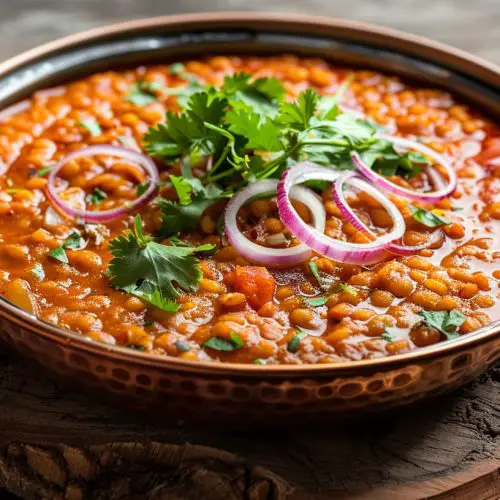
Indian Red Lentil Masoor Dal Recipe
Ingredients
- 1 cup red lentils masoor dal, rinsed and drained
- 3 cups water or vegetable broth for added flavor
- 1 teaspoon turmeric powder
- Salt to taste
- 2 tablespoons vegetable oil or ghee for a vegan version, stick with oil
- 1 teaspoon cumin seeds
- 1 medium onion finely chopped
- 2 cloves garlic minced
- 1 inch ginger grated
- 1 green chili finely chopped (adjust based on your heat preference)
- 1 medium tomato diced (or 1/2 cup canned diced tomatoes)
- 1 teaspoon ground coriander
- 1/2 teaspoon garam masala
- Fresh cilantro chopped for garnish
- Juice of half a lemon
Instructions
Soaking the Lentils:
- While red lentils typically cook quickly and don't require soaking, if you have time, a quick soak (about 20-30 minutes) can help make them even more digestible and speed up the cooking process slightly.
- This step is optional but can be helpful for those with sensitive digestive systems.
Cook the Lentils:
- In a large pot, combine the rinsed lentils, water (or broth), turmeric, and a pinch of salt. Bring to a boil, then reduce the heat to a simmer.
- Keep an eye on the water level as the lentils cook. Red lentils tend to absorb a lot of water, and you may need to add more to prevent them from sticking to the bottom of the pot. A good rule of thumb is to ensure the water level is about an inch above the lentils at all times during cooking.
- Cover and cook for about 20 minutes, or until the lentils are tender. Stir occasionally to prevent sticking.
Prepare the Tadka (Tempering):
- While the lentils are cooking, heat the oil in a separate pan over medium heat. Add the cumin seeds and wait until they start to sputter.
- Add the chopped onions and cook until they turn translucent. Stir in the garlic, ginger, and green chili, cooking for another minute until fragrant.
- Mix in the diced tomato, ground coriander, and a pinch of salt. Cook until the tomatoes are soft and the oil begins to separate from the mixture.
Combine and Simmer:
- Once the lentils are cooked, add the tadka to the pot of lentils. Stir well to combine.
- The consistency of Masoor Dal can vary greatly depending on personal preference. Some like it thick and hearty, almost like a stew, while others prefer it more soup-like. After combining the tadka with the lentils, adjust the consistency by adding water a little at a time until you achieve your desired thickness.
- Add the garam masala and adjust the seasoning as needed.
- Simmer together for 5-10 minutes, allowing the flavors to meld.
Garnish and Serve:
- Turn off the heat and stir in the fresh lemon juice. The addition of lemon juice at the end of cooking not only adds a bright, tangy flavor but also enhances the absorption of iron from the lentils. If you don't have lemon juice, a drizzle of vinegar can also work as a substitute.
- Garnish with chopped cilantro before serving.
- Masoor Dal pairs beautifully with a variety of dishes. For a complete meal, serve it alongside basmati rice or flatbreads like roti or naan. For a low-carb option, cauliflower rice makes an excellent substitute.
I’m eager to hear about your adventures with these recipes. Did you put your own twist on the dal? How did it turn out?
What did you serve with the dal? Naan, rice, or something else?
Let me know in the comments.

